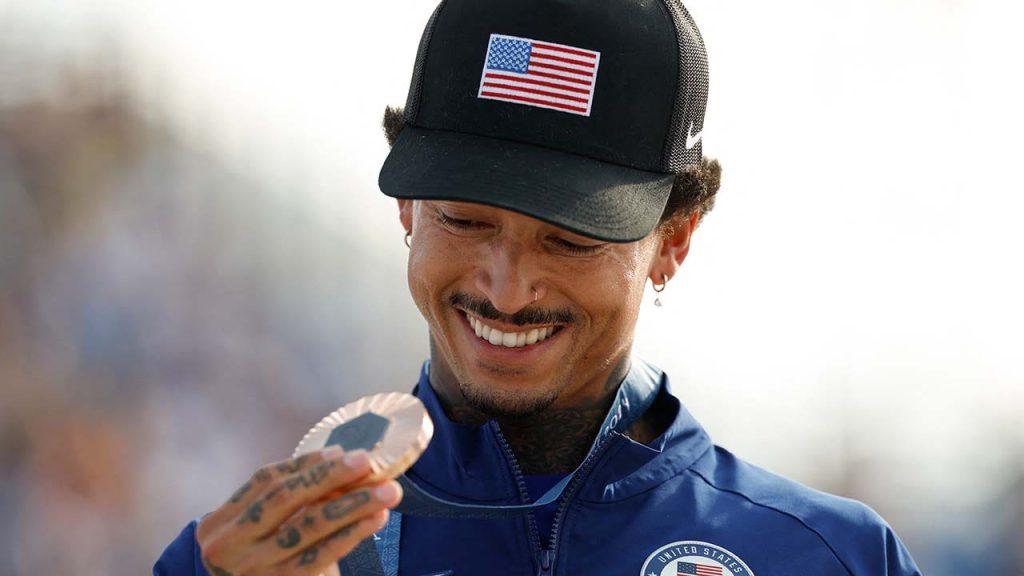Paragraph 1: The Tarnish Trouble
The gleaming symbols of athletic achievement, the medals awarded at the 2024 Paris Summer Games, have encountered an unexpected blemish: tarnishing. Several Olympians, whose dedication and prowess earned them these coveted awards, have reported that their medals have begun to deteriorate shortly after the Games concluded. This unexpected issue has prompted the Monnaie de Paris, the French mint responsible for producing the 5,084 medals for both the Olympic and Paralympic Games, to initiate a replacement program. While the exact number of affected medals remains undisclosed, reports suggest it could exceed 100, highlighting the scope of the problem.
Paragraph 2: The Mint’s Response and Remediation
The Monnaie de Paris has acknowledged the issue and taken responsibility for the tarnished medals. They have stated their commitment to replacing all damaged medals at the athletes’ request during the first quarter of 2025. The mint has attributed the tarnishing to issues with the varnishing process, which they claim to have subsequently modified and optimized. Their proactive approach aims to rectify the situation and ensure that athletes receive the pristine awards they deserve.
Paragraph 3: The IOC’s Assurance of Quality
The International Olympic Committee (IOC) has also addressed the medal tarnishing issue, assuring athletes that replacements will be identical to the originals. Working in close collaboration with the Monnaie de Paris, the IOC is committed to maintaining the integrity and prestige of the Olympic medals. Their statement underscores the importance of preserving the symbolic value of these awards and ensuring that athletes receive medals that reflect their hard-earned accomplishments.
Paragraph 4: Athlete Experiences and Public Awareness
Among the athletes who have experienced medal tarnishing is American skateboarder Nyjah Huston, bronze medalist in the men’s street event. Huston shared his experience on social media, highlighting the deterioration of his medal after minimal contact with skin and sweat. French swimmers Yohann Ndoye-Brouard and Clément Secchi have also reported similar issues, with their medals reportedly chipping. These public accounts have brought the issue to wider attention, prompting further investigation and action from the responsible parties.
Paragraph 5: The Medal’s Unique Composition and Potential Contributing Factors
The Paris 2024 Olympic medals boast a unique composition, incorporating polished chunks of iron salvaged from the Eiffel Tower during renovations. This distinctive feature adds a historical and symbolic dimension to the medals. However, it is possible that this incorporation of iron, combined with the varnishing issues identified by the Monnaie de Paris, may have contributed to the tarnishing problem. Further investigation will be necessary to determine the precise causes and prevent similar issues in the future.
Paragraph 6: Restoring the Gleam: The Replacement Process and Future Implications
The Monnaie de Paris’s commitment to replacing the tarnished medals demonstrates their dedication to upholding the value of these awards. The replacement process, scheduled for the first quarter of 2025, will involve engraving the new medals identically to the originals, ensuring that athletes receive replacements that accurately represent their achievements. This incident underscores the importance of rigorous quality control in the production of Olympic medals, emphasizing the need for robust materials and processes to ensure the longevity and pristine condition of these cherished symbols of athletic excellence. The lessons learned from this experience will undoubtedly inform the creation of future Olympic medals, ensuring that they remain untarnished symbols of athletic achievement for generations to come.

